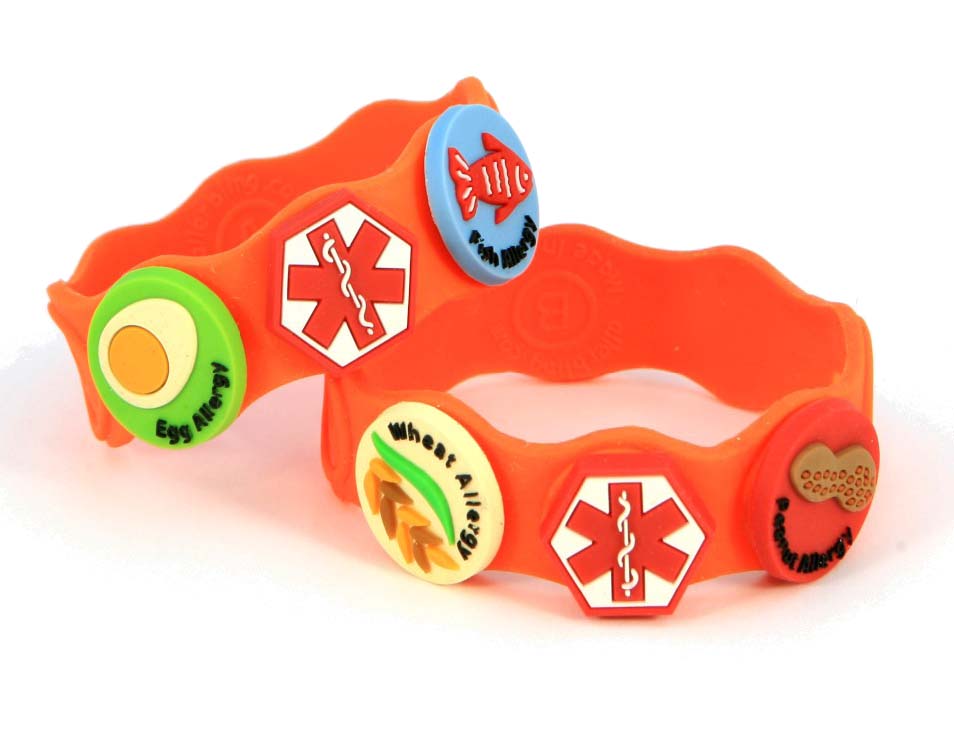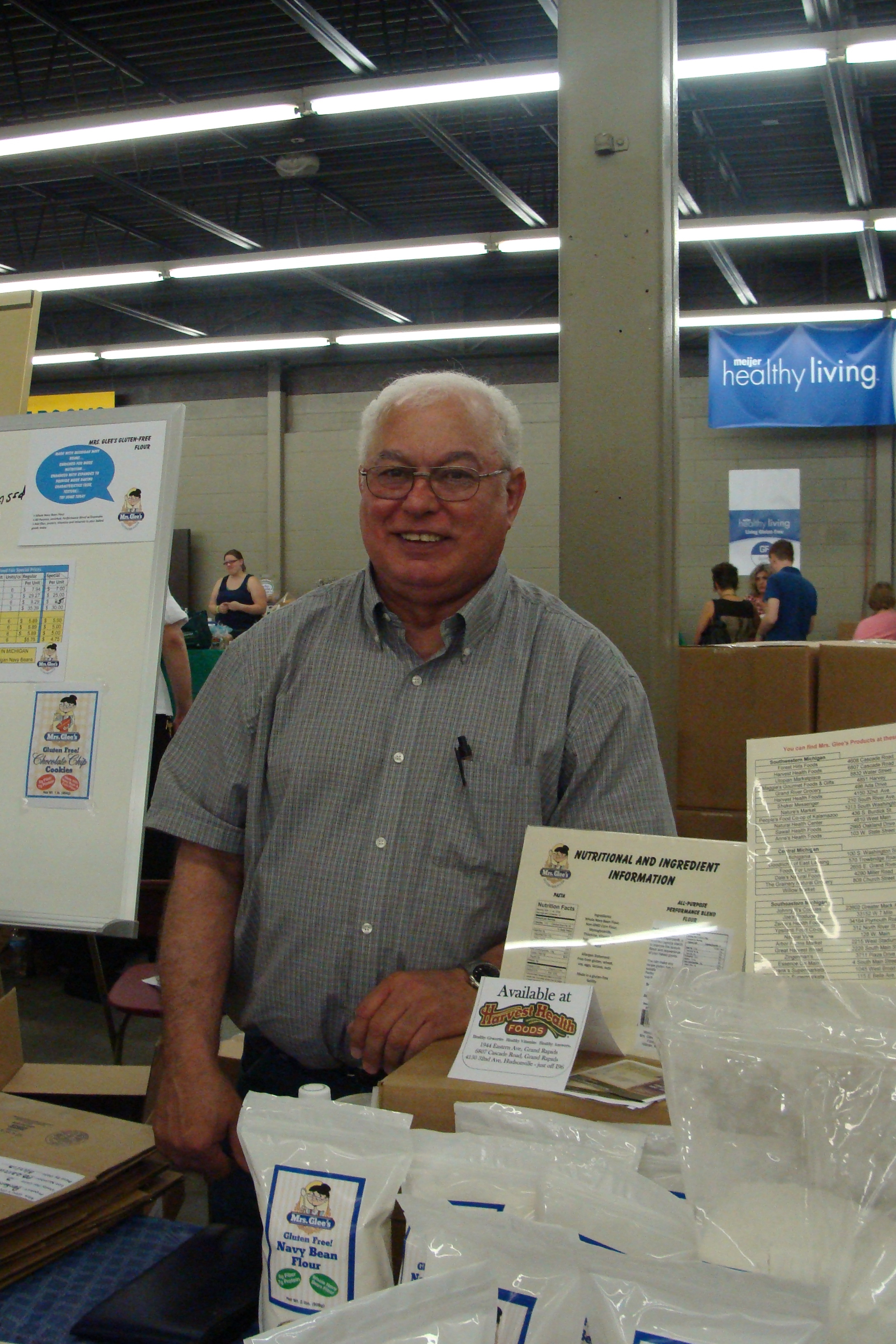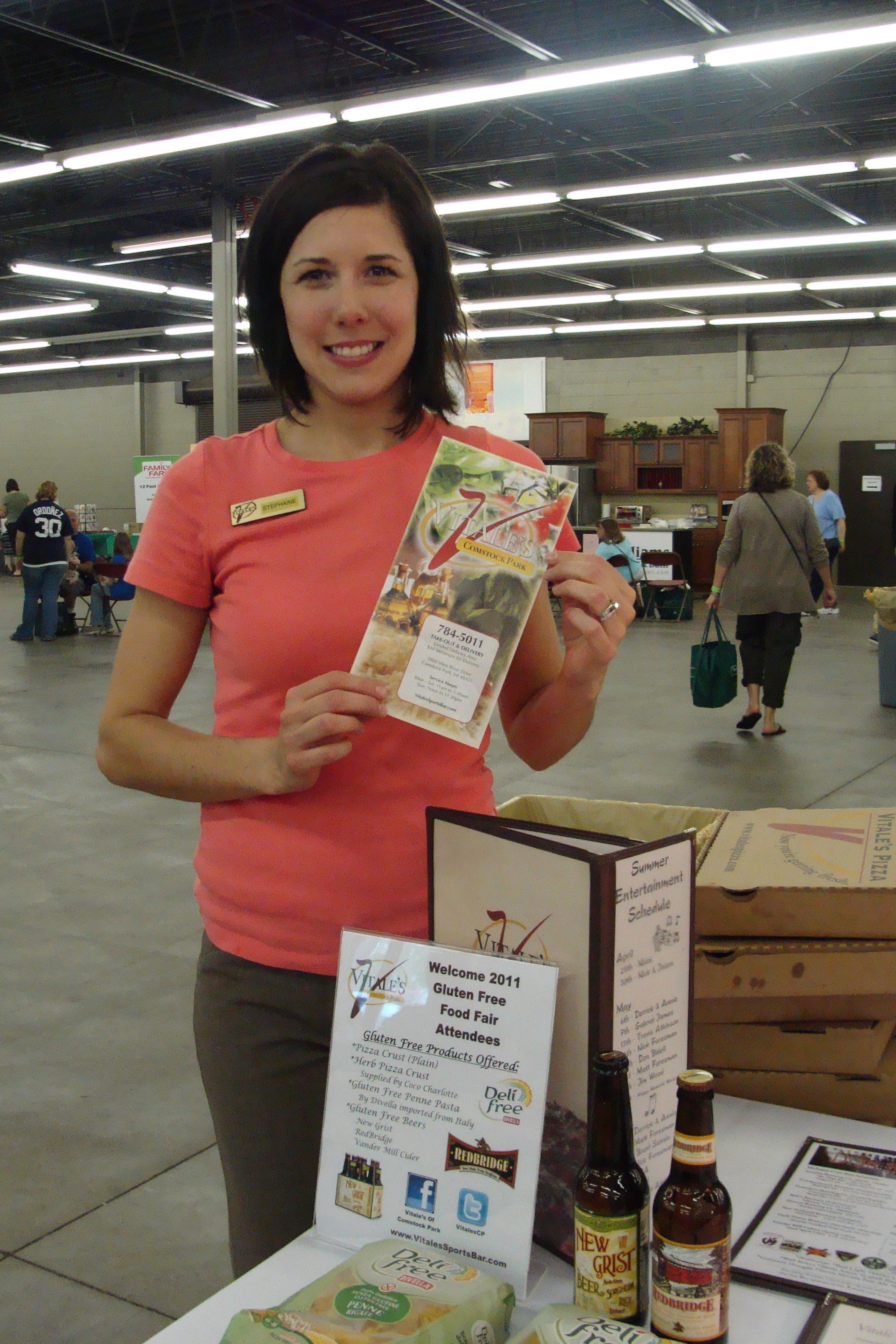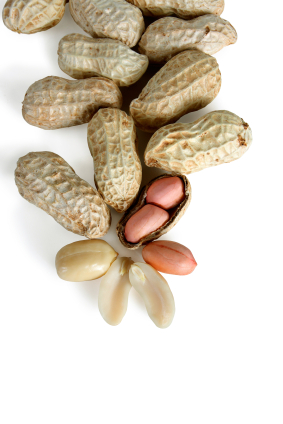Interview with Nancy Spears (GR Gluten-Free Fair Coordinator)
 Tuesday, May 24, 2011 at 1:15PM
Tuesday, May 24, 2011 at 1:15PM  Elisabeth Veltman, The Tender Foodie tagged
Elisabeth Veltman, The Tender Foodie tagged  Celiac,
Celiac,  celiac disease,
celiac disease,  deltaplex,
deltaplex,  gluten-free,
gluten-free,  gluten-free food fair
gluten-free food fair  Email Article
Email Article  Print Article in
Print Article in  Events
Events  After attending the gluten-free food fair last Saturday, I thought I'd drop Nancy Spears a note and ask her how she felt it went. Nancy is the event coordinator for the Grand Rapids Gluten-free Food Fair. She also a board member for the Greater Grand Rapids Celiac Support Group and the Celiac Kids Association. I was struck by the statement that she made on the Celiac Kids "About" page when she wrote,
After attending the gluten-free food fair last Saturday, I thought I'd drop Nancy Spears a note and ask her how she felt it went. Nancy is the event coordinator for the Grand Rapids Gluten-free Food Fair. She also a board member for the Greater Grand Rapids Celiac Support Group and the Celiac Kids Association. I was struck by the statement that she made on the Celiac Kids "About" page when she wrote,
"I have spent years unknowingly poisoning my husband, my three daughters, and one of my sons with homemade pancakes, waffles, cookies, and cakes . . . I understand the feelings that many of you go through as your children are diagnosed celiac. Twelve years ago, I cried in the pasta isle at a local Meijer store and read labels until I could hardly see."
She, other members of her team and Anchor Baptist Church have taken on the challenge of helping and supporting people with celiac disease, a serious autoimmune response to even the tiniest particle of wheat, barley or rye - or any gluten containing grain. Here is the e-interview:
How many people ended up attending this year's event? 1565 people registered
People seemed to be pretty happy with the event. What kind of feedback did you get? People loved the venue. The DeltaPlex was a great location and there was lots of parking. We have received lots of comments about the event from people. One person, diagnosed 1-1/2 yrs. comment about how nice it was to be able to taste products. She found many products that she would buy now, but had not purchased in the past. It is so hard to spend money on something new because of past disappointments. One of our goals was to get people who eat gluten free face to face with vendors and restaurants. We succeeded in doing that and the vendors were very pleased with the experience.
How many people are in your adult and children support groups? The email list for the celiac kids group is over 170 with a monthly attendance of 20-35 and the adult group is about the same. Attendance at each has been as high as seventy, depending on the topic, the weather, the time of year, etc.
What are the top 3 biggest social difficulties people run into when they get diagnosed with celiac disease?
1. People don't understand that cheating is not a choice. 2. Family/friends not being supportive 3. Missing the favorite foods-have not found a gluten free "replacement"
How have you seen the food allergy community, and the celiac community change over the years? It is growing!!! More people are being diagnosed because doctors know what to look for. There are so many people with a-typical symptoms, and 38% of people being diagnosed have no symptoms. Family genes do matter. Everyone related to a person diagnosed should be tested. Awareness has led to more people self-diagnosing--without going to a doctor. People should still go for the diagnosis when it is possible. It is important because of family genes (and less people think you are crazy). Regardless, people who feel better or function better on a gluten free diet should be on one, even if the testing is negative!
Tell me what you thought was the best part about the Gluten Free Food Fair? The best part of the whole event is that the church all agrees that we are called by God to do this. People tell me what a great job I did organizing the event. Although it is some work, I just invite vendors and people. The church team works hard. God does the rest and we are amazed! It is so much fun to give this free gift to the gluten free commuity. I was very pleased with the turnout of vendors, stores, restaurants and the community.
When is your next event? Our next event is already scheduled for May 19, 2012.
My thanks to Nancy Spears for taking the time to give these thoughtful responses. Now we can mark our calendars for next year's event as well!
Let the Tender Foodie know what you thought and if you have any feedback from this year's event or ideas for next year.











